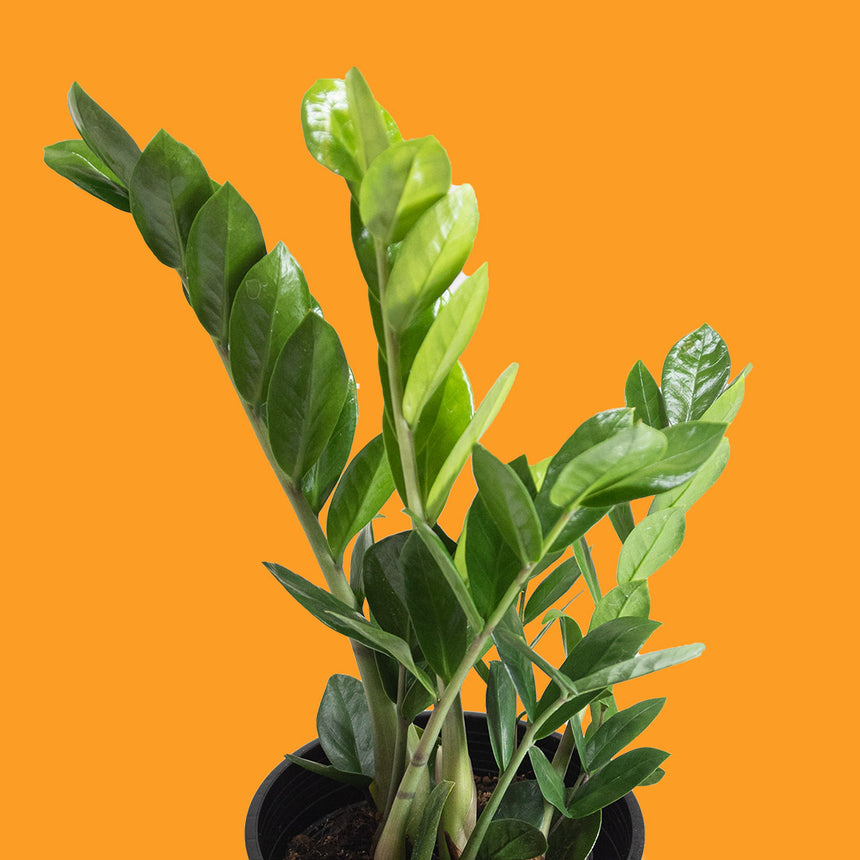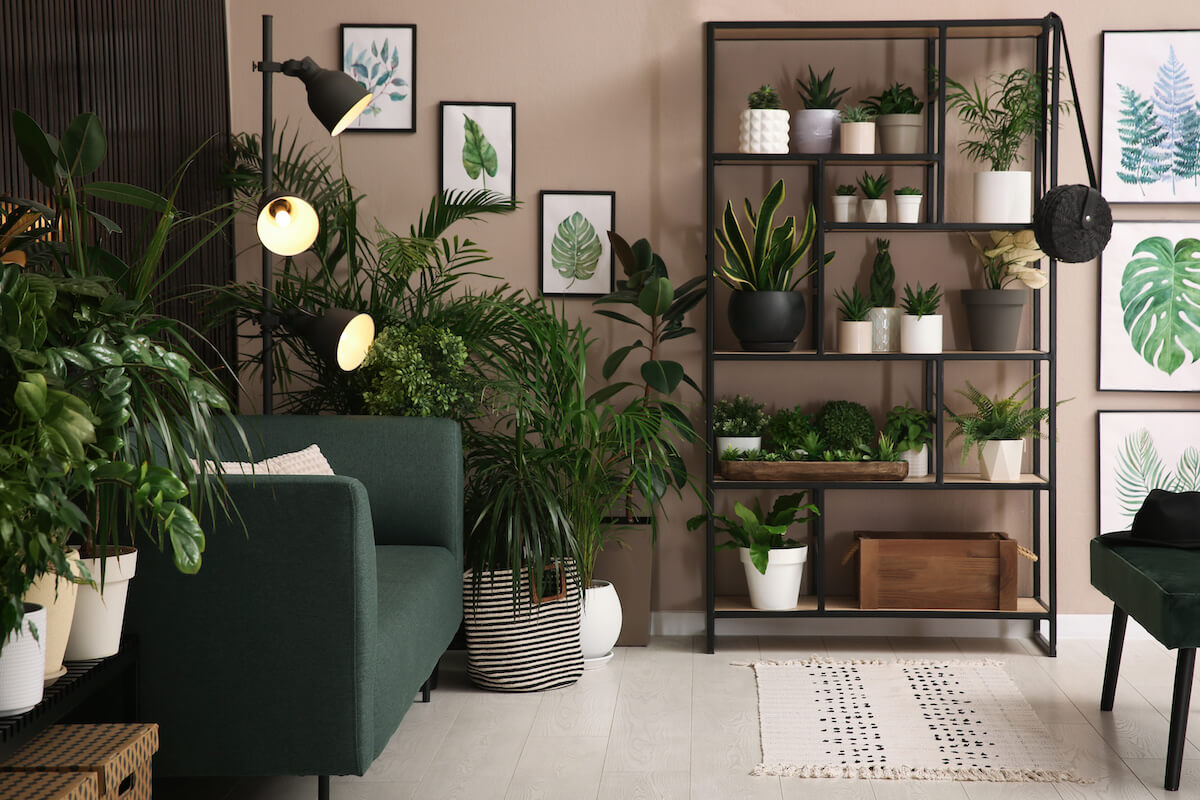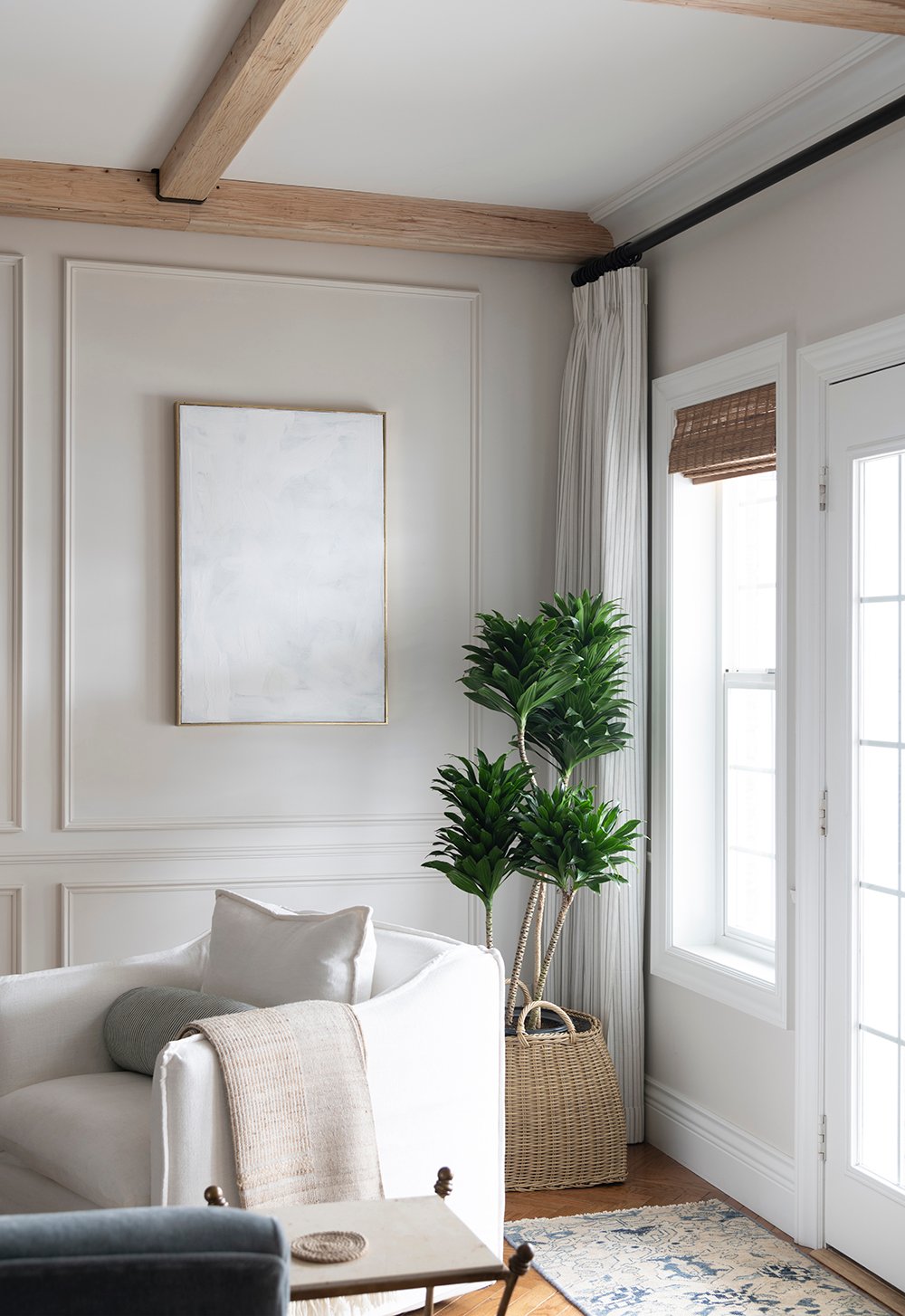Where to Place the Best Low-Light Indoor Plants in Your Home for Maximum Impact
Reveal the Tricks of Low-Light Indoor Plants and Just How They Boost Your Atmosphere
Low-light indoor plants have actually garnered increasing interest for their distinct capability to boost both aesthetic allure and ecological top quality within work environments and homes. These resistant species, including the Serpent Plant and Tranquility Lily, not only flourish in tough lighting conditions yet likewise play a pivotal role in air purification and emotional health.
Advantages of Low-Light Indoor Plants
Although several individuals think that interior plants require bountiful sunshine to prosper, low-light interior plants offer a multitude of advantages that make them perfect for various environments. One of the key advantages is their versatility; they can grow in areas with restricted natural light, such as offices, cellars, or rooms with tiny home windows. This feature allows people to improve their surroundings with plant, adding to boosted aesthetics without the demand for comprehensive illumination modifications.
Additionally, low-light interior plants can significantly enhance indoor air top quality by filtering system unsafe contaminants and launching oxygen, making living rooms healthier. The presence of plants has been linked to higher sensations of tranquility and emphasis.
Additionally, low-light plants typically require much less upkeep than their sun-loving equivalents, making them ideal for active individuals or those new to gardening. Their durability enables them to thrive with minimal treatment, hence supplying a gratifying experience for plant fanatics and amateurs alike. In summary, low-light interior plants offer both aesthetic and useful purposes, making them valuable enhancements to any area.
Leading Low-Light Plant Selections
Low-light indoor plants come in a selection of species, each offering one-of-a-kind features and benefits fit for dark atmospheres. Amongst one of the most popular ranges is the Snake Plant (Sansevieria), understood for its air-purifying capacities and architectural leaves. This resistant plant grows on disregard and can tolerate a wide variety of light problems.
An additional superb option is the ZZ Plant (Zamioculcas zamiifolia), which includes glossy, dark green fallen leaves and is very drought-tolerant. Its flexibility makes it a favored for offices and homes with minimal sunlight.
The Pothos (Epipremnum aureum) is also a leading competitor, with its tracking vines and heart-shaped fallen leaves - Best low-light indoor plants. This versatile plant can be trained to climb up or waterfall, including aesthetic interest to any kind of space

Care Tips for Low-Light Plants
Looking after low-light interior plants needs a nuanced understanding of their details requirements to guarantee optimum growth and vitality. It is vital to choose the right potting mix, as a well-draining dirt is essential to protect against origin rot. A mix created for houseplants, frequently having peat moss and perlite, works well for a lot of low-light selections.
Watering is an additional vital aspect of treatment. Low-light plants generally call for less frequent watering contrasted to their sun-loving equivalents. It is recommended to examine the top inch of soil; if it feels dry, it's time to water. Overwatering can lead to difficulties such as mold and mildew and root decay.
Fertilizing ought to be approached with care. During the growing period, a diluted liquid plant food can be used monthly, but in cold weather, lots of low-light plants go into inactivity and call for little to no fertilization.
Finally, it is necessary to occasionally clean the leaves to get rid of dust, permitting far better light absorption. By sticking to these treatment suggestions, you can cultivate a successful setting for your low-light indoor plants, boosting both their look and longevity.
Enhancing Air High Quality With Plants
Interior plants play a significant role in boosting air top quality within homes and workplace. With the process of photosynthesis, these plants soak up co2 and release oxygen, adding to a much healthier environment. Furthermore, certain low-light indoor plants have the capacity to filter damaging toxins, such as trichloroethylene, formaldehyde, and benzene, which are commonly found in interior atmospheres.

Furthermore, the visibility of indoor plants can boost moisture levels, which assists alleviate dry skin and respiratory concerns, additionally enhancing overall health. This capability to improve air high quality not just advertises physical wellness but also sustains mental health.
Incorporating low-light interior plants right into your living and working areas anonymous can result in an extra vibrant and stimulating environment (Best low-light indoor plants). Buying these all-natural air cleansers is a straightforward yet efficient strategy for improving indoor air high quality and cultivating a healthier way of life
Creating a Serene Indoor Space
The assimilation of plants into living rooms not only enhances air top quality but likewise adds to a relaxing environment. Low-light indoor plants, such as snake plants and pothos, are especially reliable in click here for more info developing a tranquil setting, as they grow in problems that may otherwise be unwelcoming for various other plant. Their rich vegetation provides a calming visual, reducing stress and anxiety and promoting leisure.
Including these plants into your office or home can stimulate a sense of peace and wellness. Tactically putting them in areas where you spend substantial time, such as living rooms or offices, enables an immersive experience with nature, which has actually been revealed to enhance mood and cognitive function.
Additionally, the mild movement of leaves in reaction to air movement can develop a vibrant visual component that enhances the overall ambiance. Think about making use of a variety of plant heights and structures to add deepness and interest to your space. With thoughtful placement and care, low-light interior plants can change any kind of location into a serene haven, cultivating not only visual satisfaction yet mental and also emotional health.

Verdict
Including low-light interior plants into different atmospheres yields considerable advantages, consisting of boosted air top quality and boosted visual appeal. The transformative power of low-light plants underscores their worth in enhancing both residential and job-related settings.
Although several people think that interior plants require abundant sunshine to thrive, low-light indoor plants supply a wide variety of advantages that make them perfect for their website different environments.Moreover, low-light interior plants can substantially enhance indoor air top quality by releasing and filtering harmful contaminants oxygen, making living rooms healthier. In addition, specific low-light indoor plants possess the capability to filter damaging toxins, such as benzene, formaldehyde, and trichloroethylene, which are frequently located in interior atmospheres.
Low-light interior plants, such as snake plants and pothos, are specifically reliable in creating a tranquil atmosphere, as they thrive in conditions that may or else be inhospitable for other greenery.Incorporating low-light indoor plants right into different atmospheres returns considerable benefits, consisting of enhanced air high quality and enhanced visual charm.